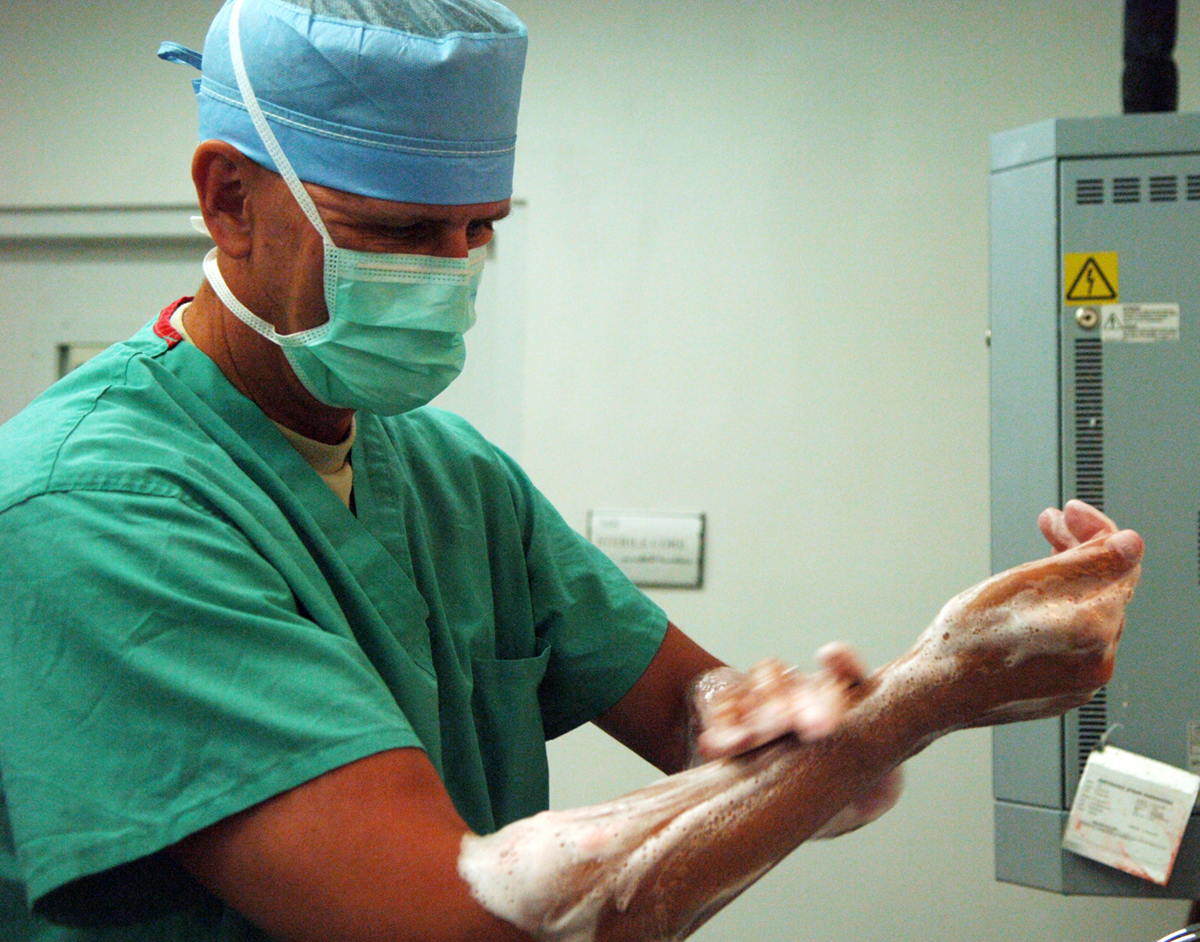
Transposition of the great arteries is a congenital malformation which features with transposition of the pulmonary artery and the aorta. These two blood vessels carry the blood from the heart. The pulmonary artery normally carries oxygen-poor blood from the right ventricle to the lungs while the aorta carries oxygen-rich blood from the left ventricle to the entire body. This malformation is rather serious and the problem is actually related to the abnormal communication between the two separate circulatory systems. Patients suffering from transposition of the great arteries usually have additional defects such as atrial and/or ventricular septal defects which allow mixing of the circulations which minimally supports patients' lives. The malformation is detected a few weeks after the birth. The condition is serious and requires surgery and if left untreated the infants will die within the first year of their lives.
Symptoms and Signs of Transposition of the Great Arteries
Transposition of the great arteries typically features with cyanosis (bluish discoloration of the skin caused by lack of oxygen) and shortness of breath. Infants lose their appetite and weight gain is poor. There is also evident heart failure.
Surgery for Transposition of the Great Arteries
The infant requires proper medicamentous treatment prior the surgery. Medications such as prostaglandin E1 may be of great help in maintaining the proper connection between the aorta and pulmonary artery. This increases mixture of oxygen-poor and oxygen-rich blood and consequently improves oxygen delivery to various parts of the body. Furthermore, prior the very surgery patients may undergo atrial septostomy. The procedure is performed by using cardiac catheterization and its goal is to enlarge a natural connection between the heart's atria. Atrial septostomy improves mixing of the two circulations and lead to better oxygen supply.
Patients suffering from transposition of the great arteries routinely undergo a procedure, called arterial switch. The goal of the surgery is to fix transposition and it is usually performed within the first month of a baby's life. The surgeon moves the arteries to their normal position, performs reconnection of the pulmonary artery to the right ventricle and the aorta is reconnected to the left ventricle. Additionally, the coronary arteries are reconnected to the aorta. In case an infant has a ventricular or atrial septal defect these defects are closed during the surgery. Some surgeons chose to leave a small ventricular septal defect to close spontaneously.
There are several risks associated with atrial switch surgery and they include irregular heart beats, baffle obstructions or leaks and problems related to function of the right ventricle.






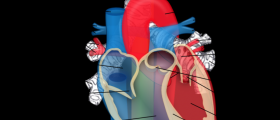






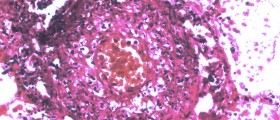
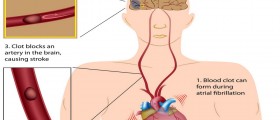
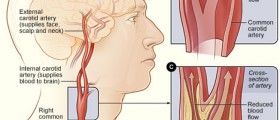
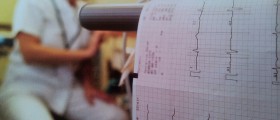
Your thoughts on this
Loading...